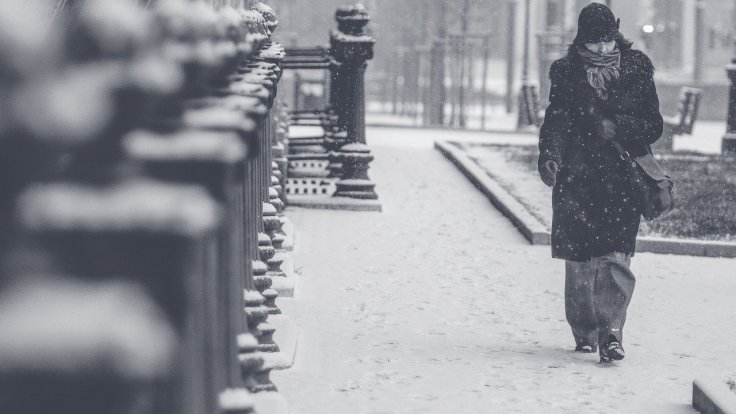Winter is here. But in the coming weeks, it could be harsh in the US and around the world. Scientists have warned of severe winter days after observing a sudden temperature change in the stratosphere over the North Pole. It could affect the polar vortex, leading to frigid temperatures in North America and Northern Europe besides Asia.
What could be worse than the last winter when many midwestern states in the US including Illinois, Wisconsin, North Dakota and Minnesota would see temperatures plunge. In December 2019, Chicago witnessed one of the harshest winters recording temperatures at -42 degrees Fahrenheit. The harsh conditions will include snowstorms and freezing blasts of Arctic air that could be worse than last time.
"Just prior to the end of December and ongoing now through Jan. 5, 2021, there has been a surge in temperatures in the stratosphere above the Arctic Circle," AccuWeather's Lead Long-Range Meteorologist Paul Pastelok told Yahoo News.

Polar Vortex
A sudden stratospheric warming event could have a massive impact on the polar vortex that is an upper-level low-pressure area like a cyclone. The two polar vortices rotate eastward at the poles and contain some coldest air on the planet. If the vortex is stable, the cold air will not have any impact in most places but as it gets weaker, it can split and swirl southward, affecting weather in Europe, Asia and the US.
While such warming events are known, they are difficult to predict. But currently, scientists are observing a dramatic rise in temperature about 18 miles above the North Pole. In the last three weeks, there has been an 86-degree Fahrenheit increase in temperature. As the rise is so rapid, the chances are that it will affect and destabilize the vortex, forcing it to split and travel south.
Judah Cohen of the Atmospheric and Environmental Research in Massachusetts said that polar vortex split mainly affects Europe but the US would not be left untouched. "I do think that Polar vortex splits do favor big snowstorms. But every event is different. This is not Oprah with cars. This is not cold for everybody and snow for everybody," Cohen told Washington Post.
Weather Forecast
However, it is still hard to predict whether the vortex will hit the US. Scientists are currently tracking the movement of the vortex. Furthermore, the dip in temperature will depend on the snowfall. As snow reflects the sunlight back, it will lead to harsher temperatures. The vortex will arrive in the second half of January and it is expected to bring snowstorms that will likely influence the temperature.
Pastelok said that the conditions would also depend on the water temperatures in the western Atlantic and Gulf of Mexico. If the water temperature remains above average, it may limit the duration of cold air in the Eastern Seaboard. "But, on the other hand, Gulf of Mexico waters have cooled and will likely cool off even more during the balance of January and may allow easier access to cold waves," Pastelok explained.
Such harsh winter conditions will not be the first time in the US. In 2009-10 and 2013-14, Chicago recorded heavy snowfall. In 2009-10, it was Washington DC's snowiest winter.









